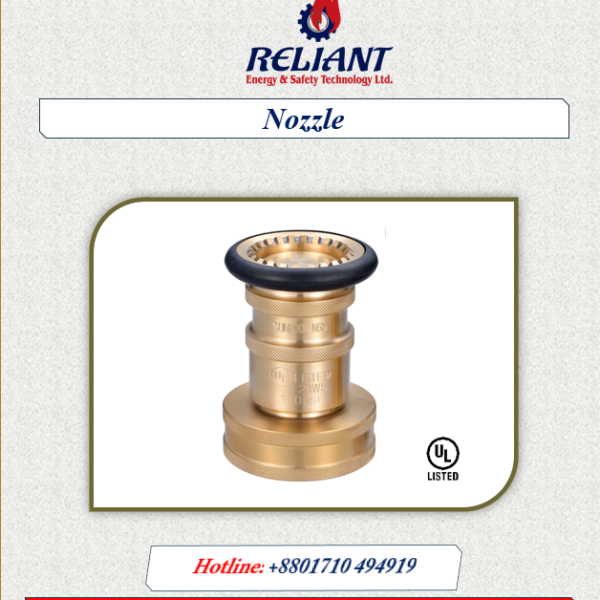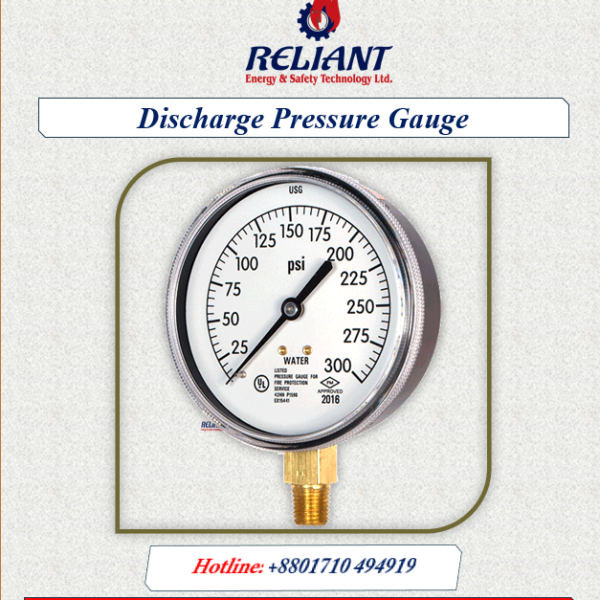Butterfly Valve in Fire Protection System:
The butterfly valve is a type of quarter-turn valve commonly used in fire protection systems for controlling the flow of water in pipes. Here’s a short note on its features and significance:
Design and Operation: The butterfly valve gets its name from the disk’s appearance, which resembles the wings of a butterfly. It consists of a flat circular disk positioned in the center of the pipe, connected to a rod extending to the valve’s exterior. When the valve is open, the disk aligns parallel to the flow direction, allowing water to pass through. Conversely, when closed, the disk turns perpendicular to the flow, obstructing water passage.
Quick Operation: One of the key advantages of butterfly valves in fire protection systems is their rapid quarter-turn operation. This swift movement allows for efficient and immediate adjustment of water flow, making them ideal for emergency situations where a quick response is crucial.
Cost-Effective Solution: Butterfly valves are known for their simple design and ease of installation, making them a cost-effective choice for fire protection systems. Their relative affordability compared to other valve types contributes to their widespread usage in various applications.
Low Pressure Drop: The streamlined design of butterfly valves results in minimal obstruction to water flow when fully open, leading to low pressure drop across the valve. This characteristic is valuable in fire protection systems, as it ensures an adequate water supply reaches the firefighting equipment without significant loss in pressure.
Sizes and Applications: Butterfly valves are available in a wide range of sizes, from small diameters to large ones. They find applications in fire protection systems for controlling water flow to sprinkler systems, standpipe systems, fire hydrants, and fire pumps. Additionally, they are commonly used in various industrial processes and HVAC systems.
Maintenance and Considerations: While butterfly valves are generally low-maintenance, periodic inspections and lubrication are essential to ensure their proper functioning. Fire protection system designers and installers must consider factors such as material compatibility, pressure ratings, and flow requirements when selecting butterfly valves for specific applications.
In conclusion, the butterfly valve is a versatile and cost-effective component in fire protection systems. Its rapid operation, low pressure drop, and adaptability make it a reliable choice for controlling water flow and ensuring effective firefighting capabilities in emergencies.














Reviews
There are no reviews yet.